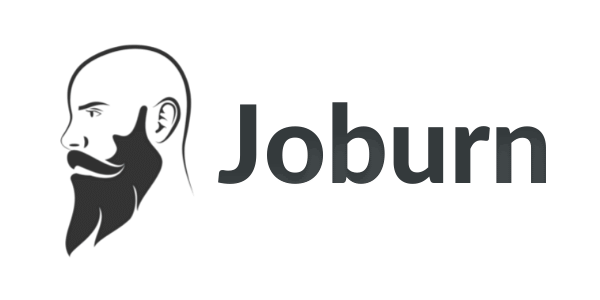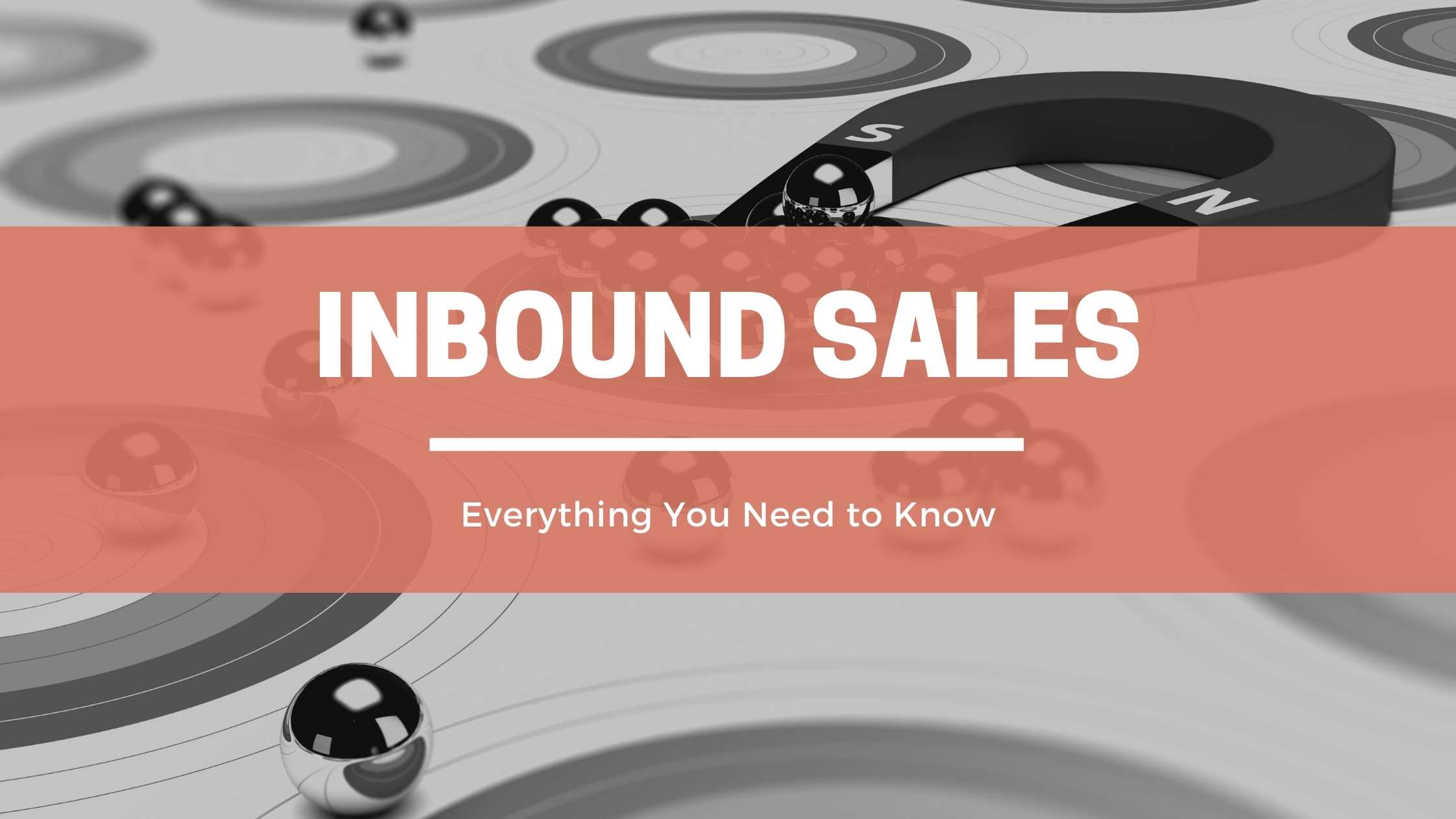What is inbound sales?
Inbound sales is selling to prospects or leads that approach a business. There can be several reasons for it including referrals, paid marketing, and organic marketing. The buyer journey starts with a potential customer getting information from a referral, advertisements, or content. Then, if they identify with a company’s offer, the might leave their contact information (email, phone number, etc) and become a new lead.
What are the types of inbound sales?
The types of inbound sales are as follows:
- Referral
- Paid Advertising
- Organic Content
The conversion rate of referral inbound leads is highest because a trusted person has told them about your company. Paid ads are second highest for conversion rate because their headlines address directly appeal to your solution. Organic content tends to take longest to convert because the lead might not be searching for or in need of your solution.
What is the benefit of inbound sales?
The benefits of inbound sales are the following:
- Quickly scale and fill an inbound lead pipeline.
- Sales reps can better connect with people that want to learn more.
- Leads come through your website, so they are already more qualified than prospects.
- Sales teams save a lot of time.
You can use inbound sales to rapidly fill your qualified leads pipeline. If you use the right message and targeting, inbound sales can mean a lot of time saved.
What are examples of inbound sales?
The examples of inbound sales are the following:
- The marketing team creates blog content. If it’s good, it will help bring in traffic with SEO and some will convert into leads.
- Paramita tells George about your service, so George reach out via a contact or lead form.
- You run some advertisements that lead to a lead form, which customers fill out.
- Someone decides to download your book, and leaves their email behind in exchange.
The more that the above are done, the more leads you generate. When you have a large list of leads, you can start selling to them.
What are the principles of inbound sales?
The principles of inbound sales are important for high-functioning sales teams to understand. Principles help guide teams in any size of company to give a consistent sales journey. Similarly, they help sales reps focus on the point of selling.
Here are the principles of inbound sales:
- Build trust with everyone – not just buyers.
- Challenge yourself to improve every day, or every cycle.
- Provide value and support as much as you can.
- Focus on their problem and pains, not your product.
- You should be listening much more than you speak.
You can add other similar principles to help guide your sales team over time.
What is inbound sales rep?
Inbound sales rep is a sales professional that converts inbound leads into paying customers.
What does an inbound sales rep do?
Inbound sales reps connect with potential buyers and work to assess, satisfy, and close opportunities using multiple channels and mediums. This strategy requires online marketing expertise, knowledge, and negotiation-skills with the goal of creating measurable revenue.
Here are some of the activities inbound sales reps perform:
- Calling
- Emailing
- Recording personalized videos
- Holding small strategy sessions
- Reaching out on social media
- Qualifying or disqualifying leads
- Proposing solutions
- Negotiating terms
- Closing deals
- Tracking results
What are the 4 stages of inbound sales?
The 4 common stages of inbound sales are the Identify, Connect, Explore, Advise. Follow the four-stage methodology to convert more sales.
Here’s a short explanation of each stage:
- Identify high-potential leads.
- Connect with them (via phone, email, or social media).
- Explore the lead’s problems, pains, and goals to better qualify them.
- Advise the lead on why your solution is a good fit for them.
A copywriting and sales model that mirrors the above is the AIDA model. It stands for Attention, Interest, Desire, Action.
What is inbound sales process?
Inbound sales process is the series of steps, scripts, and actions that the sales team uses for inbound leads. The process will vary depending on the business. If the product or service is simple or inexpensive, the process will likely be shorter. If the product or service is complex or expensive, the process will be longer, since the offer likely requires more information.
What are inbound sales channels?
Inbound sales channels are any channels that compel cold traffic to approach a business. Generally, the traffic will come from inbound marketing (paid social media and search, or organic social media and search). Once this traffic approaches the business, a sales rep will need to reach out to and engage them.
What are inbound sales calls?
Inbound sales calls are any calls that start with a lead approaching the business. For example, a lead could call the business directly, or sign up via lead form. If a lead leaves their contact information, a sales rep will be assigned to them and call after that. Both are examples of inbound sales calls.
What is the process for inbound calls from customers?
If you are getting inbound calls from potential customers, they are a very interested lead and a great sales opportunity. Therefore, it’s important to follow a good process to have the highest chance of converting them to an actual customer.
Here are the steps you should follow:
- Receive or direct the inbound sales call to the appropriate agent.
- Greet them and find out why they are calling.
- Ask them open-ended questions to better understand their problem.
- Identify how urgent their problem is, and if they are ready to make a purchase.
- Help them make a decision that will benefit them.
The steps and questions you ask will depend on what you’re selling. If it’s an inexpensive or uncomplicated product, they might already know exactly what they need. If you’re offering a variable service, they might need help knowing what’s best for their situation.
How do you start an inbound sales call?
Inbound sales calls don’t have to be complicated. When you start an inbound sales call, just greet them, and let them know why you’re calling. If you are receiving a call, find out why they’re calling. Just say, “Hi! [name] here! What can I help you with today?”
Then, just follow your inbound sales process, and ask questions to better understand what they need.
How to do inbound sales
There isn’t a set way to do inbound sales. It’s important to understand what your leads want or need and showing them that your product or service can help them with it. It’s also important to disqualify leads when you can; chasing unqualified sales can lead to poor outcomes.
Here are the common steps you should follow:
- Research your leads before reaching out.
- Engage them on multiple mediums (email, social, phone).
- Have an open-ended conversation with them.
- Ask discovery questions, and qualify or disqualify them as a good lead.
- Give them some value.
- Learn about their needs, and propose a solution.
- Help the lead come to a decision.
- Close the opportunity.
- Mark the deal as “won” or “lost.”
The exact steps can vary; it depends on how complex your product is. Always test and iterate your steps to become better that them.
What are inbound sales strategies?
Inbound sales strategies are the direction, systems, and processes to help a team reach a sales goal. Sales strategies serve as the guidelines for the team to reach long term goals. For the strategy to be effective, it’s important to consider an implement the following:
- It is easy to identify your ideal client?
- Is your offer appealing to your ideal client?
- Can you reach your ideal buyer personas with inbound marketing?
It’s important for inbound marketing and sales efforts to be completely aligned with the strategy. When a strong initial strategy is in place, your teams must collaborate to improve functions moving forward. For example, the sales team can test out sales scripts, help uncover pain points, and feed the data to marketing. Similarly, if marketing teams notice certain headlines are converting better than others, the sales team can adopt the language too.
What is the relationship between inbound and outbound sales?
The relationship between inbound and outbound sales is that they follow the same principles of selling. It’s important to discover what a customer needs, qualify them, propose a solution, and close the deal. Inbound sales relies on leads approaching the sales team. Outbound sales relies on salespeople reaching out to prospects and turning them into leads first. Inbound sales requires a cost of time or money to get referral, organic, or marketing leads. Outbound sales requires a lower dollar-cost, but has a higher labor cost.

